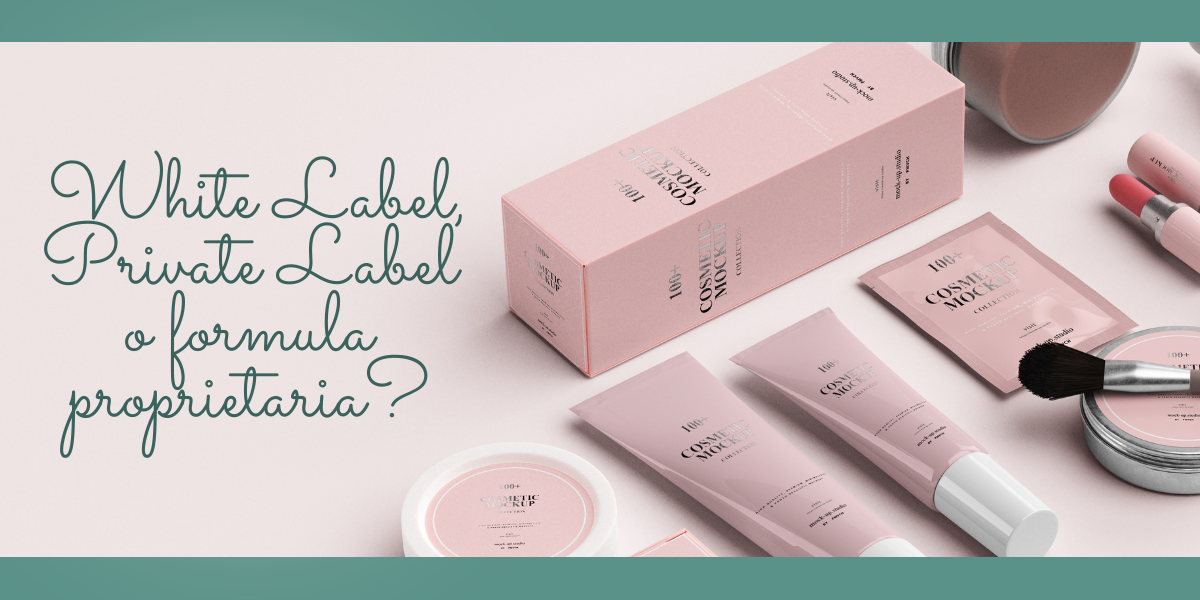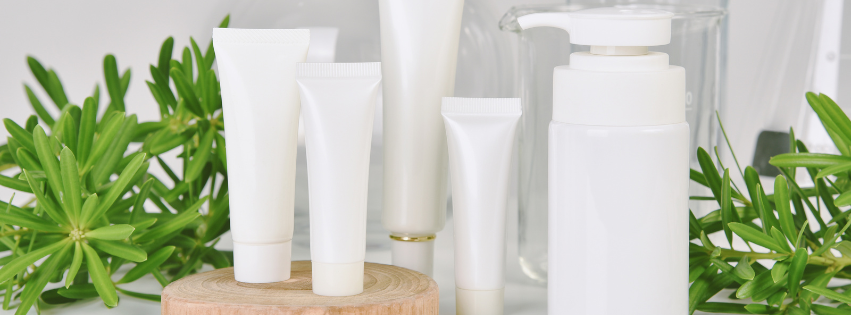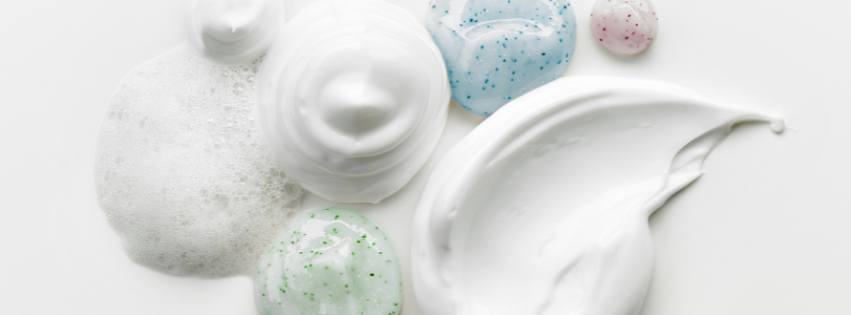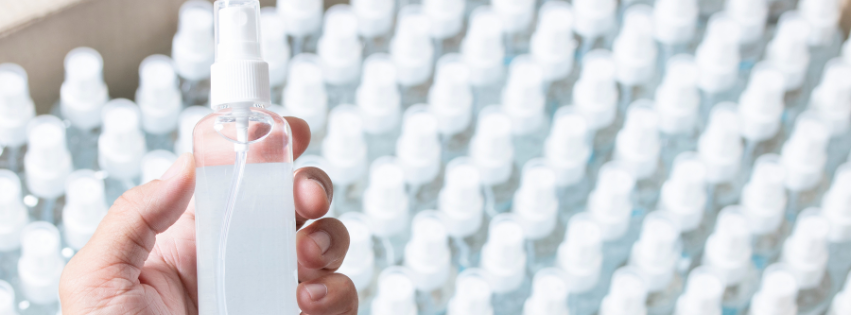24/06/2025
Cosmetic Products in Italy 2025: A Complete Guide to White Label, Private Label, and Proprietary Formulas
The choice between private label, white label, and proprietary formula production models is a key strategic decision for any brand looking to enter the Italian cosmetics market. This comprehensive guide will help you understand the differences and advantages of each model, so you can successfully develop your own cosmetic line.

White Label Cosmetics: The Fast and Cost-Effective Solution
The white label model is undoubtedly the simplest and fastest way to enter the cosmetics market. With this approach, a brand purchases a ready-made formula from a laboratory, which can only be customized through the application of its own brand on the packaging. The product formula remains unchanged and is owned by the manufacturer, who often offers it to multiple clients.
The main advantages of white label include:
significantly reduced initial costs
very short time-to-market (a few weeks)
generally low minimum order quantities
the ability to sell pre-tested products that comply with current regulations
This model completely eliminates the need for investment in research and development.
However, white label also comes with some important limitations. The lack of product exclusivity means that other brands may market identical or very similar formulas. Market differentiation is limited, and control over quality and product specifications is minimal, as you must accept the lab’s predefined characteristics.
What Does Private Label Mean in the Cosmetics Industry?
Private label is a production model where a company commissions a cosmetic laboratory to create customized products to be marketed under its own brand. Unlike white label, private label allows for a high degree of customization in terms of formula, packaging, and ingredients.
In a private label model, the brand can significantly customize the product starting from a base formula provided by the lab. This allows for modification of specific active ingredients, personalized fragrance, texture and consistency, color and visual appearance, as well as full packaging customization and the possibility to obtain certifications such as organic, vegan, or cruelty-free.
Private label offers an interesting balance between customization and investment. While it requires a higher budget than white label, it enables the creation of distinctive products without bearing the high costs and long development times of a fully proprietary formula. Production times typically range from a few weeks for simple customizations to several months for fully customized formulas that require specific testing.
Intellectual Property in Private Label
The ownership of the cosmetic formula is one of the most complex and often misunderstood aspects of private label. Generally, the base formula remains the property of the laboratory, but the distributor may obtain various levels of rights according to the contractual agreements established.
These rights can range from a simple usage license, which allows the brand to use the formula without owning it, to forms of territorial exclusivity for specific geographic areas or sector-specific exclusivity for certain sales channels. In some cases, it is possible to negotiate full ownership of the formula, although this option is less common and involves more substantial investments.
When the brand actively contributes to the formula's development with its own specifications or ingredients, it may acquire preferential or shared rights. It is essential that all these aspects are clearly defined in the contract to avoid future disputes and unexpected commercial limitations.

Proprietary Formula: Maximum Exclusivity and Innovation
A proprietary cosmetic formula represents the highest level of control and customization available. In this scenario, the brand commissions a laboratory to create a completely new formula developed from scratch, which becomes the brand’s exclusive property. This process includes several essential phases, ranging from the initial brief and feasibility study to formula research and development, stability and safety testing, prototyping, and refinement.
This model requires significant investments and development times that can range from several months to over a year, depending on the product’s complexity and required testing. However, it allows for a unique and lasting competitive advantage, making it ideal for brands aiming to offer innovative, exclusive, or high-end products.
Cosmetic Laboratories in Italy vs Abroad: Strategic Differences
The operational and contractual differences between cosmetic manufacturing in Italy and in foreign markets such as Asia, the United States, and the United Kingdom are significant and can strongly influence the choice of the most suitable production model.
Cosmetic Manufacturing in Italy
Cosmetic production in Italy offers several distinctive advantages. Production times are generally faster due to the absence of customs procedures and the geographic proximity that facilitates inspections and communication. Greater flexibility in minimum order quantities also allows emerging brands to access quality services without requiring prohibitive investments.
Quality control is more direct and continuous, while the added value of the “Made in Italy” label is a prestigious asset recognized internationally. Communication with laboratories is simplified by the absence of language and cultural barriers, and European regulations are already naturally applied.
From a contractual standpoint, the Italian market often uses more flexible terminology, where the concept of private label tends to include a wider range of customizations. Contracts may be less structured than international standards, which can be both an advantage in terms of flexibility and a disadvantage in terms of clarity.
Foreign Manufacturing
Foreign cosmetic production presents different characteristics that may be beneficial for certain projects. Production costs are often lower, especially for large volumes, and the availability of higher production capacity can support ambitious expansion strategies.
Many foreign laboratories offer advanced technologies and access to innovative ingredients that may not be readily available on the Italian market. The distinction between private label and custom formulation is generally more defined, with more formal and detailed contracts clearly outlining intellectual property and formula rights.
Minimum order quantities are typically higher, territorial exclusivity is more frequently granted, and transparency on ingredients and technical dossiers is greater—often protected by standard non-disclosure agreements.
How to Choose a Cosmetic Laboratory
Choosing the right cosmetic laboratory is a crucial decision that will significantly impact the success of the project. It’s essential to ask the right questions to assess not only technical capabilities but also commercial reliability and strategic compatibility.
Legal and Ownership Aspects
First and foremost, it is essential to clarify who will own the formula and the final INCI list. This information determines the brand’s future freedom to switch suppliers or scale production. It’s important to verify whether territorial or sector-specific exclusivity is possible and whether the technical dossier (PIF) will be registered directly to the brand.
Another critical aspect is whether the developed formula can be used with other manufacturers in the future, as this flexibility can be strategic for the brand’s growth.
Technical and Production Aspects
Evaluating the certifications held by the laboratory is essential to ensure high quality standards. Certifications such as ISO 22716 for Good Manufacturing Practices, as well as organic, vegan, or cruelty-free certifications, can be important differentiators.
It’s important to understand what safety tests are included in the offered service and whether the laboratory can support specific certification needs. Minimum order quantities for each product type, along with guaranteed production and delivery times, should be clearly defined—as well as the options for packaging customization.
Commercial Aspects
Transparent pricing structures—clearly distinguishing between development and production costs—are fundamental for accurate financial planning. Payment terms and guarantees should be fair and sustainable for both parties.
Regulatory support for potential export or import activities can be valuable for brands with international ambitions, while after-sales assistance and the guarantee of continuous supply are key elements for ensuring business continuity.

Regulations and Compliance in 2025
The European regulatory landscape for cosmetics continues to evolve, with Regulation (EC) No 1223/2009 on cosmetic products remaining the main reference framework. Mandatory CPNP notification and full INCI labeling are well-established requirements, while scrutiny of advertising claims is becoming increasingly stringent.
New regulatory trends include a stronger focus on environmental sustainability, with the introduction of plastic taxes and growing demands for carbon footprint disclosure. The ban on microplastics is expanding to include new product categories, while standards for “clean beauty” are gradually being formalized.
Launch Strategies for Each Model
White Label Strategy
For white label, a successful strategy relies primarily on branding and marketing, since product differentiation is limited. Digital channels are often the top priority for reaching the target audience efficiently and cost-effectively. Price competitiveness becomes crucial for achieving significant volumes, while rapid market testing allows for quick validation of commercial opportunities.
Private Label Strategy
Private label enables the development of a richer storytelling narrative based on product customization and unique features. Specific certifications obtained can become important differentiators in brand communication. Collaborations with industry influencers and placement in premium channels—such as pharmacies and selected perfumeries—support a higher-end market positioning.
Proprietary Formula Strategy
Proprietary formulas justify communication focused on innovation and exclusivity. The ability to obtain patents creates lasting competitive barriers, while premium pricing is justified by the uniqueness of the product. This model is particularly well-suited for expansion into international markets where Italian innovation is especially valued.

Frequently Asked Questions about Private Label Cosmetics
How long does it take to launch private label products?
The timeline for private label cosmetics varies considerably depending on the level of customization required. For simple customizations of existing products, the timeframe can be contained within a few weeks, whereas fully customized formulas with specific testing can take several months to develop.
Can I sell Italian private label cosmetics abroad?
Italian private label cosmetics can be easily marketed throughout the European Union, as they already comply with common regulations. For extra-European markets, labeling adjustments or additional certifications specific to each destination country may be required.
How to verify the quality of a cosmetic laboratory?
Quality verification requires a multidimensional approach that includes checking ISO 22716 certifications, conducting on-site visits to production facilities, requesting references from existing clients, verifying transparency regarding raw material suppliers, and assessing specific experience in the relevant sector.
Conclusions: Strategy for 2025
Choosing the most suitable production model depends on several factors including available budget, positioning goals, launch timelines, and brand growth ambitions.
White label proves to be the optimal choice for those who want to quickly test the market with limited investments, ideal for initial entrepreneurial launches or brands mainly focused on local markets or online channels where product differentiation is less critical.
Private label represents the ideal solution for brands with intermediate budgets needing specific positioning, requiring particular certifications, or seeking significant differentiation from competitors while maintaining reasonable timing and costs.
Proprietary formula is justified for ambitious projects with substantial budgets, where innovation leadership is a fundamental strategic element, for brands with immediate international ambitions or when it is necessary to create a sustainable and defensible competitive advantage.
The private label cosmetics market in Italy continues to show interesting growth opportunities, offering concrete possibilities for prepared and informed entrepreneurs. The key to success lies in choosing the most appropriate model according to one’s resources, objectives, and timelines, supported by a thorough understanding of market dynamics and operational differences between Italy and abroad.
This detailed knowledge allows for more effective product development planning, optimizing investments and minimizing risks associated with launching new cosmetic products on the Italian and international markets.


